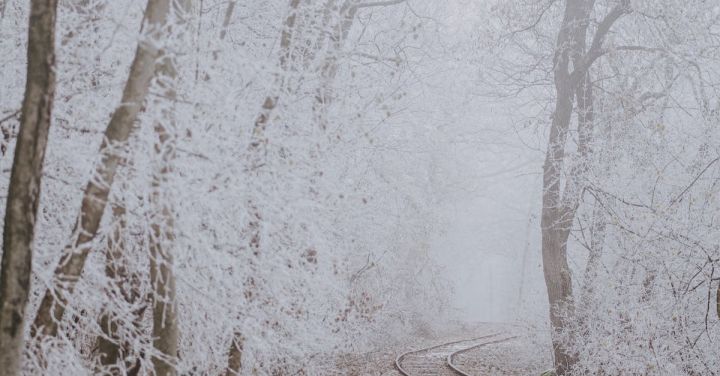Museums are known for their captivating exhibitions that showcase a myriad of historical and artistic treasures. Visitors flock to these institutions to admire the masterpieces on display, often unaware of the vast collections that lie hidden behind closed doors. These unseen treasures, carefully preserved and meticulously cataloged, form the backbone of a museum’s collection. Behind-the-scenes, a world of discovery awaits those who venture into the hidden vaults and storage facilities.
Museum collections are like vast labyrinths, with corridors and rooms that house an array of artifacts and artworks. These storage spaces are meticulously organized, with each item assigned a specific location and carefully labeled for easy retrieval. Every collection has its own unique system, developed over decades, to ensure that no artifact is lost or forgotten.
Walking through the storage facilities, one is struck by the sheer volume of objects that are tucked away from public view. Ancient pottery, delicate textiles, and intricate sculptures are just a fraction of what lies within these walls. The assortment of items is staggering, reflecting the diverse range of cultures and eras represented in a museum’s collection.
One might wonder why these treasures are hidden away, instead of being displayed for all to see. The answer lies in the delicate nature of these artifacts. Exposure to light, temperature fluctuations, and even the presence of visitors can all take a toll on these precious objects. By keeping them safely stored, museums are able to preserve them for future generations to enjoy.
Preservation is a delicate art in itself. Museum professionals employ a range of techniques to ensure that these unseen treasures are protected from harm. Climate-controlled environments, specialized packaging, and regular inspections are just some of the measures taken to safeguard the collection. Behind-the-scenes, a team of dedicated individuals works tirelessly to maintain the integrity of these artifacts, often laboring in anonymity.
The role of a museum curator is crucial in this process. Curators are responsible for the acquisition, research, and preservation of the objects in a museum’s collection. They carefully curate exhibitions, selecting the most significant pieces to be displayed. However, their work extends far beyond what is seen by the public eye. They are the guardians of the hidden treasures, ensuring that each item is cataloged, stored, and cared for in the most appropriate manner.
Behind-the-scenes, a myriad of tasks takes place to keep the collection in pristine condition. From cleaning and conservation to documentation and research, each aspect of collection management is meticulously carried out. Museum professionals collaborate with scientists, historians, and even artists to unravel the secrets held within these objects. Through their efforts, a deeper understanding of our shared cultural heritage is gained.
In addition to the preservation and research of these unseen treasures, museums also engage in educational outreach. They recognize the importance of sharing knowledge and fostering a sense of curiosity among visitors. Behind-the-scenes, educational programs, workshops, and lectures are designed to inspire and educate the public about the wonders that lie within the museum’s collection.
Unseen treasures are the lifeblood of museums. Behind closed doors, a world of discovery awaits those who seek it. The storage facilities and vaults hold a wealth of artifacts that are preserved for generations to come. The tireless efforts of museum professionals ensure that these treasures remain intact, shedding light on our shared history and cultural heritage. So, the next time you visit a museum, take a moment to appreciate the hidden wonders that lie behind-the-scenes and the individuals who dedicate their lives to preserving them.
